As The Sartorialist, Scott Schuman has captured street style for over a decade, first beginning in New York and since then traveling the globe to document his vision of the world. On his first trip to Mumbai last fall – his second to India – we met with him to discuss his initial impressions of the country, and how fascinating it would have been if street style blogs existed during the Renaissance.
Malika: You say that you need to visit a place a few times to understand it. This is your second time here so it may be a bit premature to ask, but what do you understand of India right now?
Scott: I think a lot of places are influenced by other places, like America looks to Europe. But in Asia, countries look to each other. For instance, Korea and China look to Japan. I haven’t really found the reference in India since India is very insular. Here, I don’t get the sense of a big European (or any other) influence in any store. If you were in the same store in Dallas, this would be Armani and that would be Versace and that would be Dior.
Above: images | On the Street…Howard St, New York; Rue de la Montagne, Paris
In India, people really seem to look to themselves – but in an odd way – because they also don’t seem to push forward. I looked at a designer’s work the other day who was doing updated kurtas. It got me thinking – take Belgian fashion designer Dries Van Noten, whose work I love because he doesn’t just do Belgium design, he sees the world and designs things for the world.
What would be really interesting is if designers in India mixed a design element from India with something from Mexico or Peru or any other place.
M: That is called exposure, right? And the way most people in India have that right now is digitally because they often can’t afford to travel the world.
S: Right, but I don’t think they even seek it. The exposure is there but I don’t know if the designers here think that their customers are not into it or if they themselves are not into it… which is why I say, they mostly just look at each other.
M: So you don’t think we are looking to the west?
S: Where do you see it? I don’t see it.
Above: images | On the Street…Varanasi, India; La Fortezza, Florence
M: In retail you do. In Tommy Hilfiger you see it. They are over 100 stores in the country now and it’s the biggest brand in that space because they are aspirational, with large American brand equity.
S: Yes, but I don’t think it’s really affected. You don’t really see that.
M: What’s your sense when you look at the world with your eyes, and then with your lens? I’m sure the two are not terribly different but that there is a filtering process. Do you feel like there is a responsibility that you have with what you’re capturing and putting out there?
S: No, I feel no responsibility. I only feel responsibility to myself. I don’t want to report what India is wearing. I want to do something that’s beautiful in my way and not repetitive. I don’t want to take National Geographic shots; I don’t want to shoot like Steve McCurry who is great and whose work I really, really love. The thing that makes me unique is that I can shoot some things like him, but mine always have a sartorial element where clothing helps tell a bit of the story. That is almost a consistent underlying feature in my photographs.
Above: image | On the Street…Via Cola di Rienzo, Milan; Narrow alleys of Varanasi
When I captured a few guys playing cricket, I specifically shot those who weren’t wearing just solid white – one was wearing pink and the other was wearing white with embroidery. When they moved, I noticed a fluidity in the fabric which I captured, which is totally an artistic choice.
I tried to show the diversity of India by not just documenting but also trying and allowing myself to shoot it in an artistic way.
Another approach is to not take the easy route of going to the most poor places in India and capturing sad shots. I don’t want to show “beautiful people in sad situations”… that thing that so many photographers do.
M: It becomes somewhat more political then…
S: Right, and I don’t want to do that. There were a couple of places that I went to and thought: I don’t know how I can take any kind of picture here other than a sad photograph. And so, I didn’t shoot in those places.
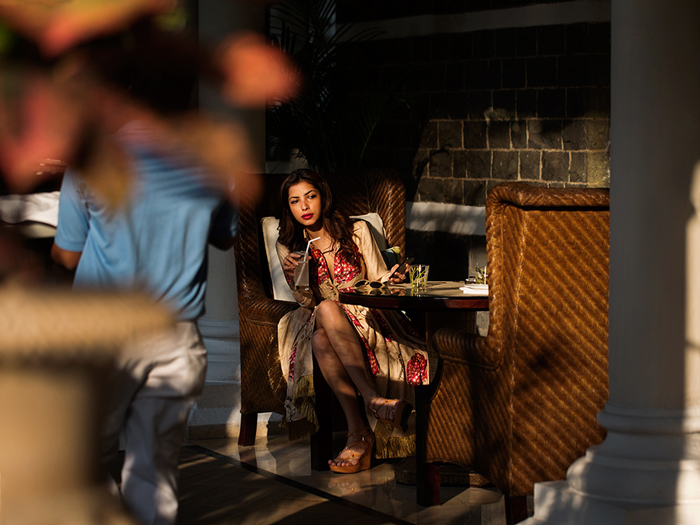 Above: image | On the Street…The Taj Mahal Palace Hotel, Mumbai
Above: image | On the Street…The Taj Mahal Palace Hotel, Mumbai
M: Do you think there can be some way to filter the visual data that you have collected over the years and draw inferences from that? It says something about the time, society and the culture that we live in – have you thought about that with regards to your work?
S: It’s different things in every place I visit but what I see people do consistently with their clothing is signify what group they fit into; dad or uncle look like all the other retired uncles, Joe Average looks like Joe Average and so on. I haven’t really thought anything specific yet to India. I think about such things and what they say but, to be honest, only when I sit down with the photographs or while I’m working on them. That’s the only time I review the images in my head and what was going on when I captured them. Part of the dialogue is also the comments that people leave on the blog.
Above: image | On the Street…Boulevard des Italiens, Paris
We’ve never had such a time before where photographers capture not just the media or rich people’s point of view but also that of everyday people – what they think about the image. It would have been fascinating if street style blogs existed during the Renaissance. Maybe people would have commented, “Oh my God, that Michelangelo was such an asshole”. I wonder what was one of those really decisive things in the 1850s. For instance, “I love a bustle or – I hate a bustle”.
There are some things going on right now – like smoking – who knows where it’s going to be 20 years from now? You can really look at the blog and the comments and say, “Wow, people either really love it or really hate it”. I think the visual data will be interesting in that it will capture not just the visual – but also the voice of a lot of people.
______
Thank you Scott, appreciate your time and insights. Looking forward to having you back in India soon!

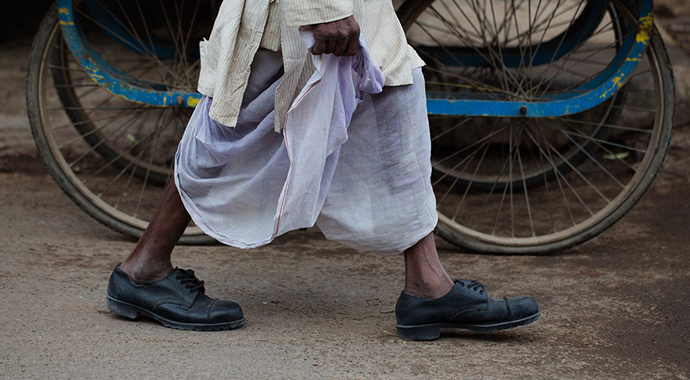
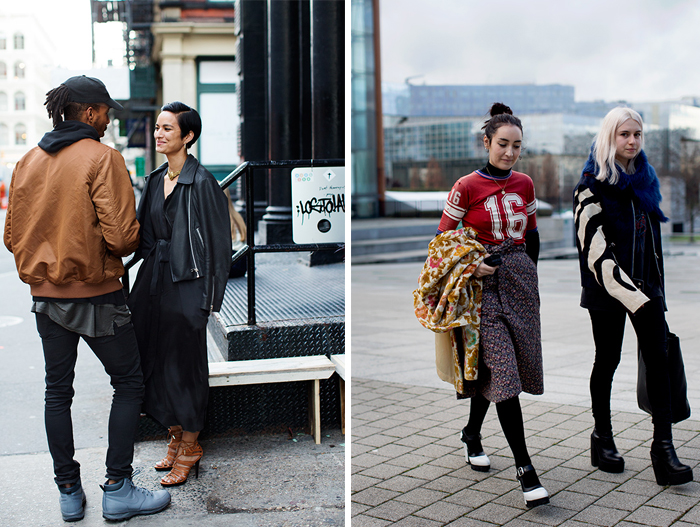
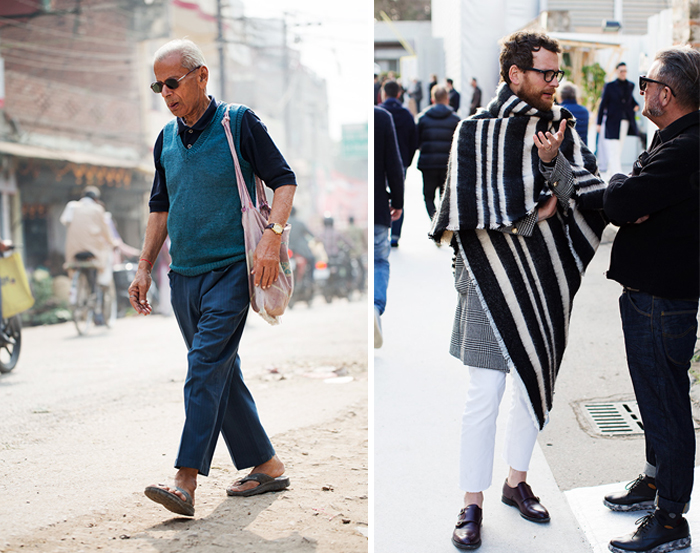
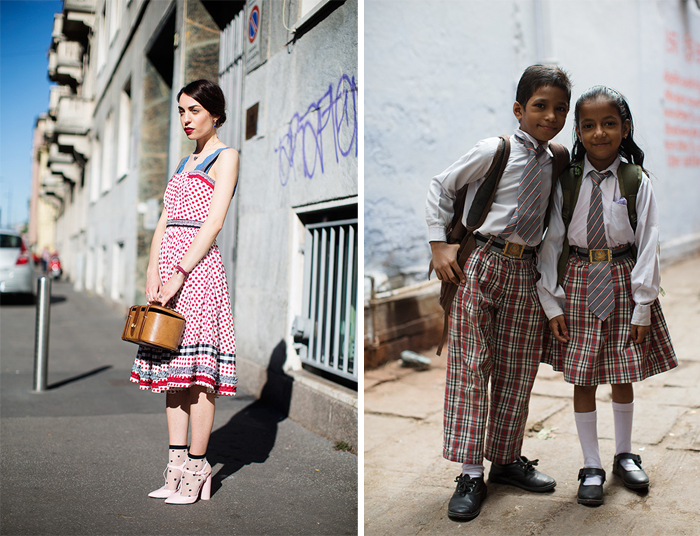
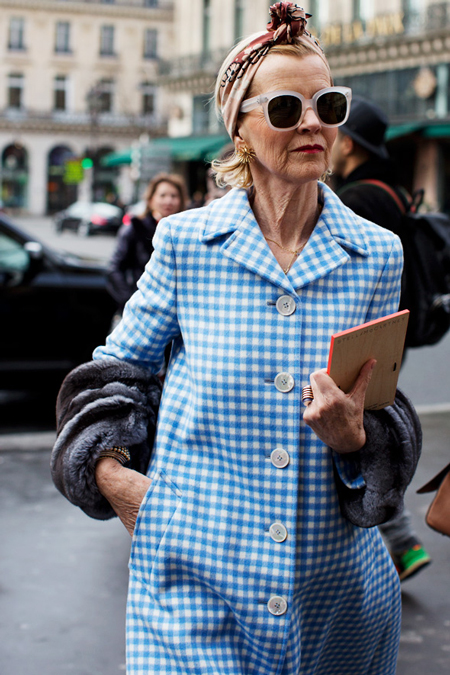
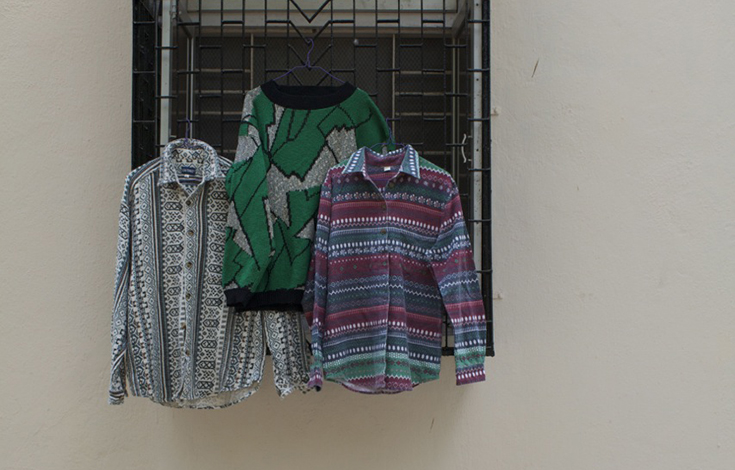
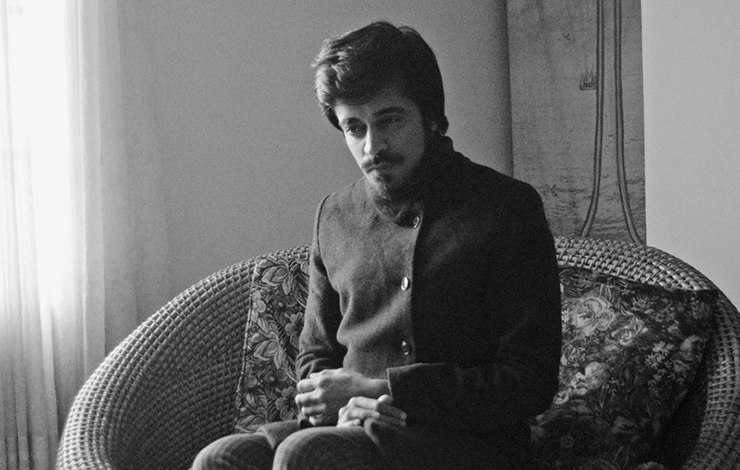
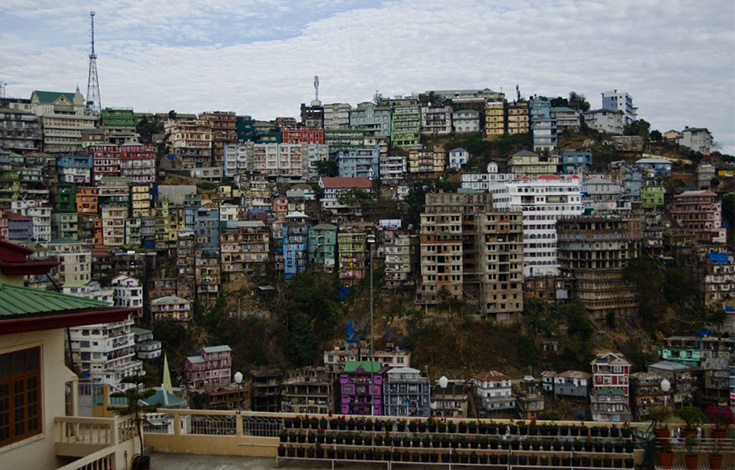
He’s said this before, and he refers to what he sees as our insularity as a criticism, but i can’t imagine why. with the bulk of the images he takes, if he didn’t label them, you wouldn’t know where it was, and that seems pretty dull.